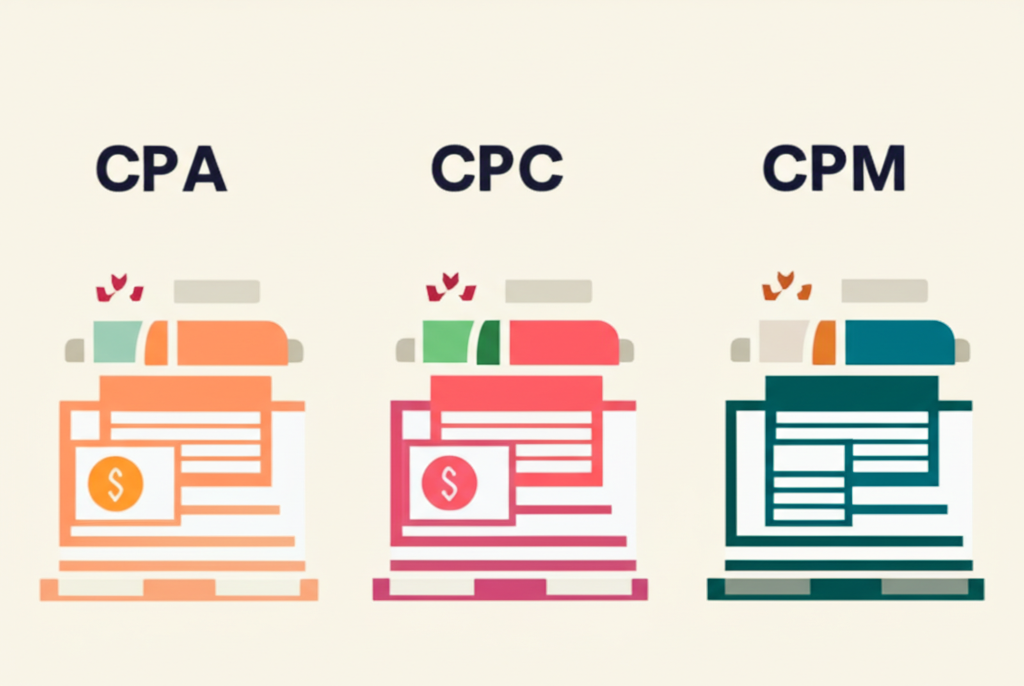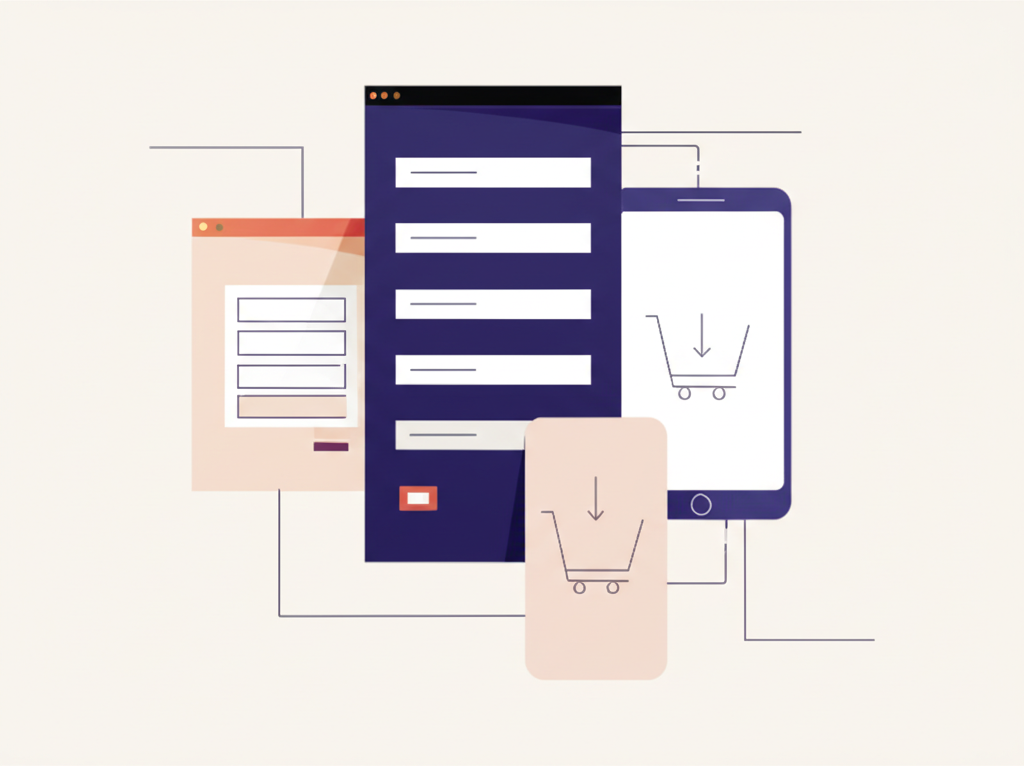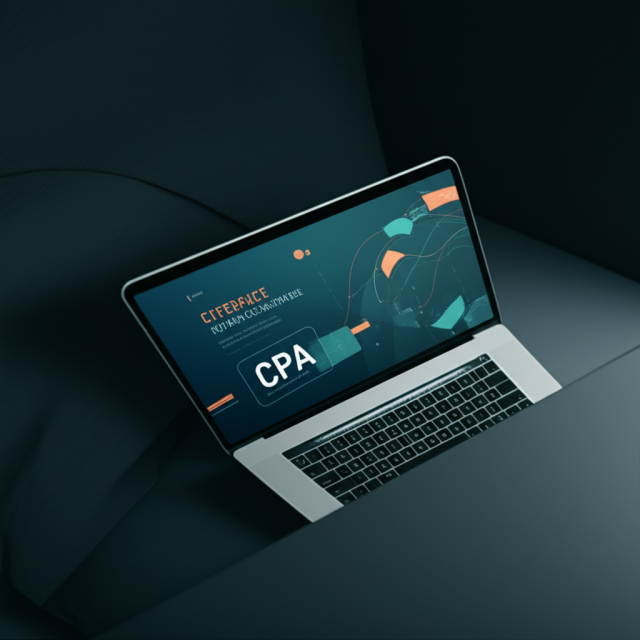Mastering CPA Marketing: Proven Strategies for Maximum Profit
Cost–Per–Action (CPA) marketing stands at the intersection of performance, accountability, and profit optimization—an affiliate model where advertisers pay partners only when a specific action is completed. In a world saturated with pay–per–click (PPC) and cost–per–impression (CPM) approaches, CPA marketing shifts the risk away from advertisers, ensuring that budgets are allocated solely toward measurable results. Whether you’re a seasoned affiliate marketer or a brand looking to scale customer acquisition, mastering CPA strategies empowers you to drive lead quality, convert high–value traffic, and bolster your return on ad spend (ROAS). This comprehensive guide dives into proven tactics—from understanding CPA models to leveraging AI–driven automation—equipping you with actionable insights to maximize profit and outpace the competition.

Understanding CPA, CPC, and CPM: Shifting Risk and Reward
Before diving into advanced CPA optimization, it’s crucial to distinguish CPA from other common pricing models. In a CPC (cost–per–click) framework, advertisers pay each time a user clicks an ad, regardless of conversion. CPM (cost–per–thousand impressions) billing charges advertisers for every thousand times an ad is shown, regardless of engagement or action. By contrast, CPA ties ad spend directly to defined actions—such as form completions, downloads, or purchases—ensuring that every dollar fuels tangible results.
1. Risk Transfer: Advertisers bear minimal risk in CPA campaigns. If an ad generates impressions or clicks but fails to convert, there’s no charge for wasted interactions. Affiliates, or publishers, assume the responsibility of optimizing creatives, landing pages, and traffic sources to drive qualified leads.
2. ROI Clarity: With CPA, metrics like cost–per–lead (CPL), cost–per-sale (CPS), cost–per-download (CPD), and cost–per-install (CPI) become central performance indicators. Tracking each action’s cost aligns marketing objectives directly with business outcomes, making budgeting and forecasting more precise.
3. Funnel Efficiency: While CPC and CPM campaigns can inflate top–of–funnel metrics, CPA forces a bottom–line approach. Affiliates optimize every touchpoint—from ad targeting and creative messaging to landing page UX—to ensure actions occur at scale and at a profitable cost threshold.
4. Scalability Considerations: High‐volume CPA offers often require robust traffic sources and sophisticated scaling tactics. Understanding the conversion dynamics within each vertical—finance, e-commerce, gaming, or B2B—guides affiliates on bid strategies, audience segmentation, and creative angles that maintain ROI as volumes rise.

Exploring CPA Offer Types: From Leads to Hybrid Models
CPA marketing isn’t monolithic. Understanding the distinct offer categories allows marketers to align campaign goals with the right incentive structures and creative approaches.
1. Cost–Per–Lead (CPL)
CPL offers reward affiliates for each qualified lead—often a completed form capturing email, phone number, or demographic data. B2B and high‐value consumer verticals rely on CPL offers to build sales pipelines and nurture prospects through email drip campaigns. Effective CPL campaigns hinge on clear value propositions, concise forms, and trust signals to minimize friction.
2. Cost–Per–Sale (CPS)
In CPS models, affiliates earn commissions only when a referral results in a confirmed purchase. This is common in e-commerce, retail, and subscription services. CPS margins tend to be higher, but lower conversion rates and longer purchase cycles necessitate sophisticated retargeting strategies and persuasive social proof or discounts to drive final checkout decisions.
3. Cost–Per–Download (CPD) and Cost–Per–Install (CPI)
CPD and CPI campaigns focus on digital assets: software, whitepapers, or mobile apps. Affiliates optimize ad copy around benefits, highlight key features, and position the download/install as a low‐risk, high‐value action. Frequent A/B tests of call-to-action button placement, headline variations, and device targeting ensure cost‐effective scaling.
4. Hybrid CPL + CPS Models
Some programs blend CPL and CPS to balance upfront lead generation with downstream revenue share. Affiliates might earn a set fee per lead plus a percentage of subsequent purchases. This hybrid structure incentivizes long‐term engagement and aligns affiliate efforts with customer lifetime value (CLV).

Targeting and Segmentation: Reaching Converting Audiences
Precision targeting amplifies CPA performance. Wasted impressions and irrelevant clicks inflate costs without delivering actions. By layering demographic, behavioral, and lookalike audience data, affiliates unlock high‐intent segments more likely to convert.
1. Demographic Profiling
Start with age, gender, income, location, and job title filters. In B2B CPL campaigns—like SaaS trials—target senior managers or C-level titles in industries poised for digital transformation. Consumer offers—such as health supplements—perform best when refined by age brackets and lifestyle indicators.
2. Behavioral and Interest Targeting
Leverage platform insights (Facebook Audience Insights, Google Affinity Categories) to pin down users whose online behaviors signal relevance. Fitness enthusiasts, pet owners, or frequent travelers can be ideal for niche CPA offers. Tailor ad creative language—and landing page imagery—to speak directly to these passions and pain points.
3. Lookalike and Similar Audiences
Upload first‐party conversion data (past buyers or leads) to social and search platforms to generate lookalike segments. These users share traits with existing customers, often translating into higher conversion rates and lower CPL/CPS metrics. Continuously refresh seed lists to capture recent trends in buyer behavior.
4. Geotargeting and Time Scheduling
Optimize ads by region and peak traffic hours. E-commerce CPS promotions may spike during weekends or holiday seasons, while B2B CPL offers often see more traction during working hours. Bid aggressively in top‐performing ZIP codes or countries, and pause underperforming geos to maximize budget efficiency.

AI–Driven Automation: Scaling CPA at High Velocity
Manual bid adjustments and campaign tweaks can’t keep pace with high‐volume CPA scaling. Enter AI and machine learning—tools that analyze performance signals, predict conversions, and optimize spend in real time.
1. Predictive Bid Adjustments
Advanced algorithms consume historical campaign data—click-through rates, conversion timestamps, device signals—to forecast which auctions are most likely to yield profitable actions. Automated bid managers raise bids on high‐probability users and pause low‐ROI segments, maintaining target CPA while maximizing volume.
2. Dynamic Creative Optimization (DCO)
DCO engines assemble ad variants on the fly—combining headlines, call-to-actions, images, and background colors—based on what resonates with each user. By running multivariate tests at scale, AI isolates winning creative combinations faster than manual workflows, driving down CPL and CPS costs over time.
3. Real-Time Lead Qualification
Integrated chatbots and scoring models engage prospects on landing pages, asking qualifying questions before form submission. AI evaluates lead fit—identifying high‐value contacts and routing them for immediate follow-up while filtering unqualified traffic out of the conversion funnel. This reduces wasted affiliate payouts and elevates lead quality.
4. Automated Reporting and Alerting
Set up dashboards that track KPIs continuously and trigger alerts when CPAs spike or budgets deplete ahead of schedule. AI can recommend budget reallocations between offers and channels, ensuring that top‐performing campaigns receive priority funding as market dynamics shift.
Conclusion: Building a Sustainable CPA Empire
Mastering CPA marketing is both art and science. From dissecting CPA vs. CPC vs. CPM to exploring varied offer types, audience segmentation tactics, and AI‐powered automation, each facet contributes to a high‐performance affiliate ecosystem. By methodically testing creative angles, honing targeting strategies, and harnessing machine learning for real‐time optimization, marketers can drive down costs per action, unlock new growth channels, and establish a sustainable profit engine. The keys to success lie in data‐driven decision-making, continuous creative refinement, and strategic investment in technology that scales alongside your ambitions.
Embrace CPA marketing’s outcome-focused framework—shift risk to affiliates, refine every stage of the funnel, and pursue actions that directly bolster revenue. With these proven strategies, you’re equipped to outmaneuver competition, achieve maximum ROI, and build a CPA empire that thrives today and adapts to tomorrow’s digital landscape.









